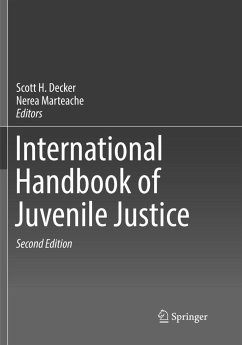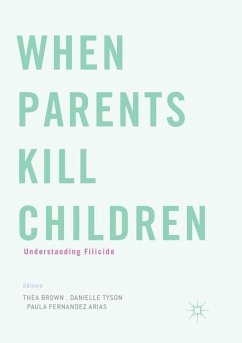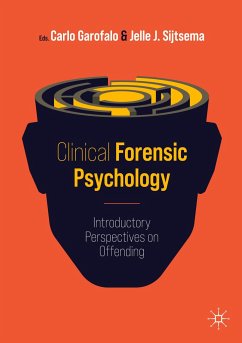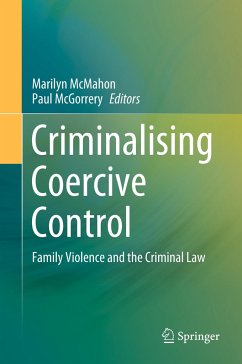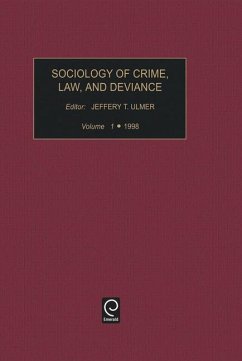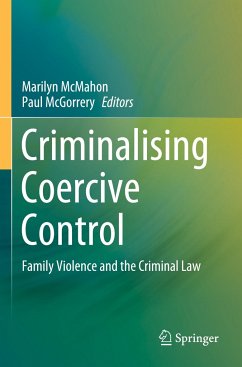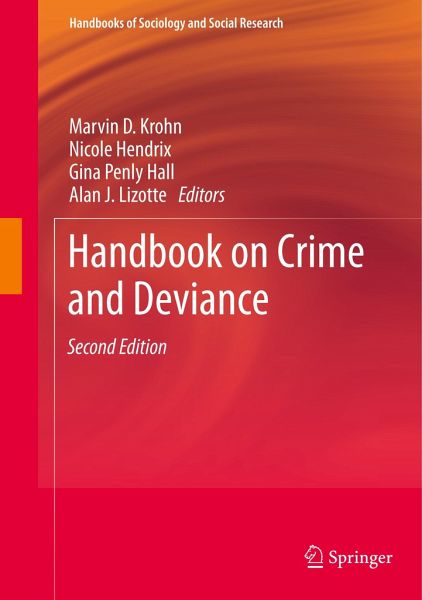
Handbook on Crime and Deviance

PAYBACK Punkte
88 °P sammeln!
This 2nd edition of the Handbook provides an interdisciplinary coverage of new understandings of the most important developments in the sociology of crime and deviance that is current and emerging for research, methodology, practice, and theory in criminology. It fosters research to take the fields of criminology and criminal justice in new directions. Unlike any other handbook, it includes chapters on cutting-edge quantitative data and analytical techniques that are shaping the future of empirical research and expanding theoretical explanations of crime and deviance. It further devotes a sect...
This 2nd edition of the Handbook provides an interdisciplinary coverage of new understandings of the most important developments in the sociology of crime and deviance that is current and emerging for research, methodology, practice, and theory in criminology. It fosters research to take the fields of criminology and criminal justice in new directions. Unlike any other handbook, it includes chapters on cutting-edge quantitative data and analytical techniques that are shaping the future of empirical research and expanding theoretical explanations of crime and deviance. It further devotes a section to the most current and innovative methodological issues. Chapters are updated providing an inclusive discussion of the current research and the theoretical and empirical future of crime and deviance. This handbook is of great interest for advanced undergraduates, graduates students, researchers and scholars in criminology, criminal justice, sociology and related fields, such as social welfare, economics, and psychology.



